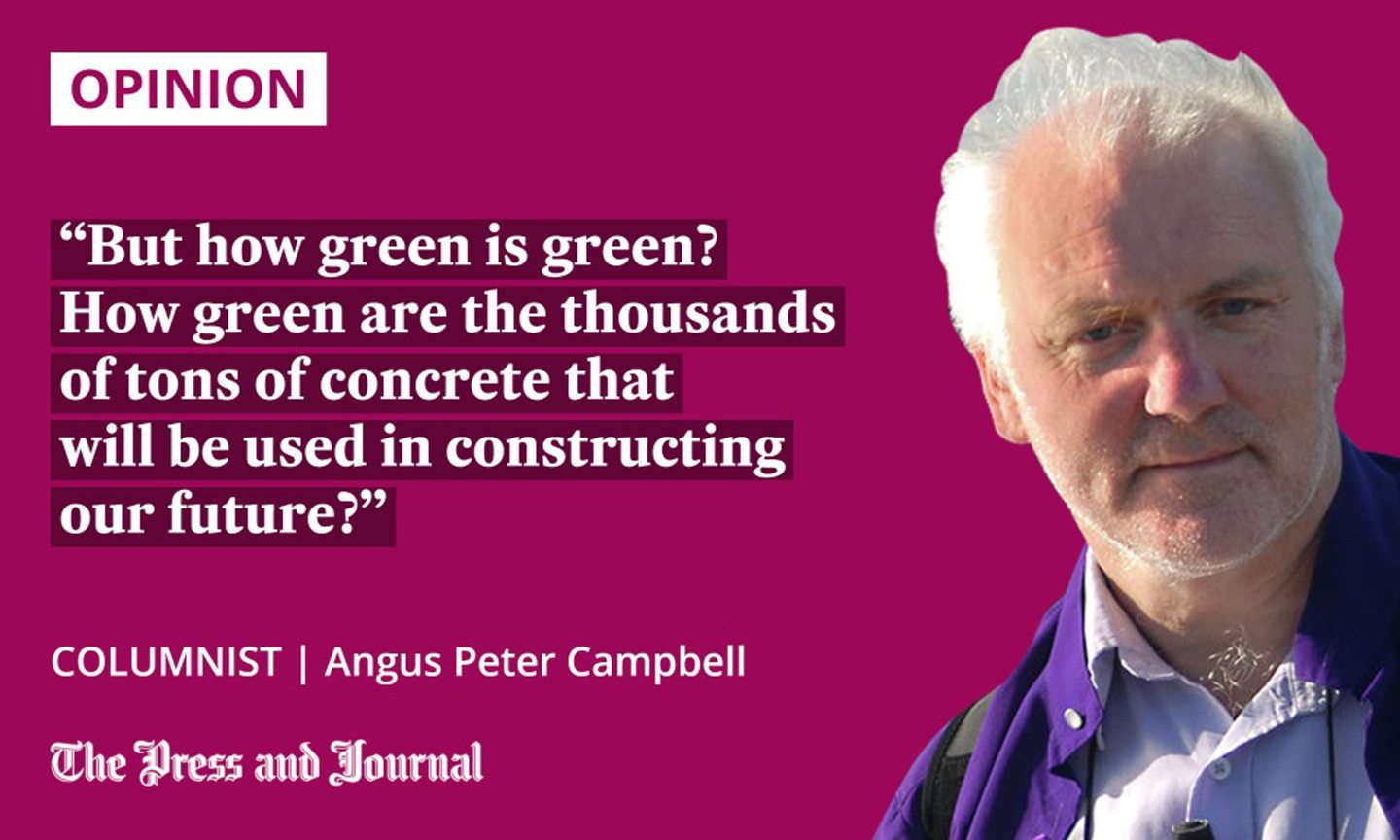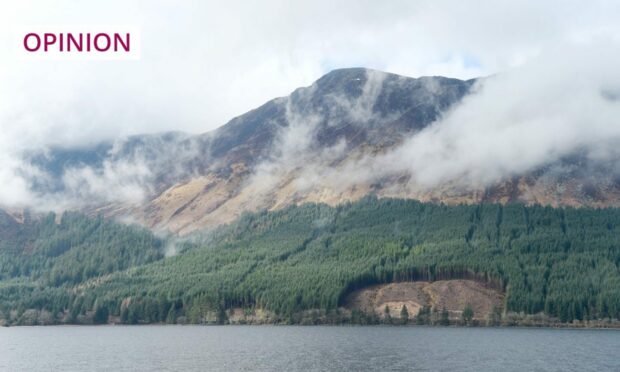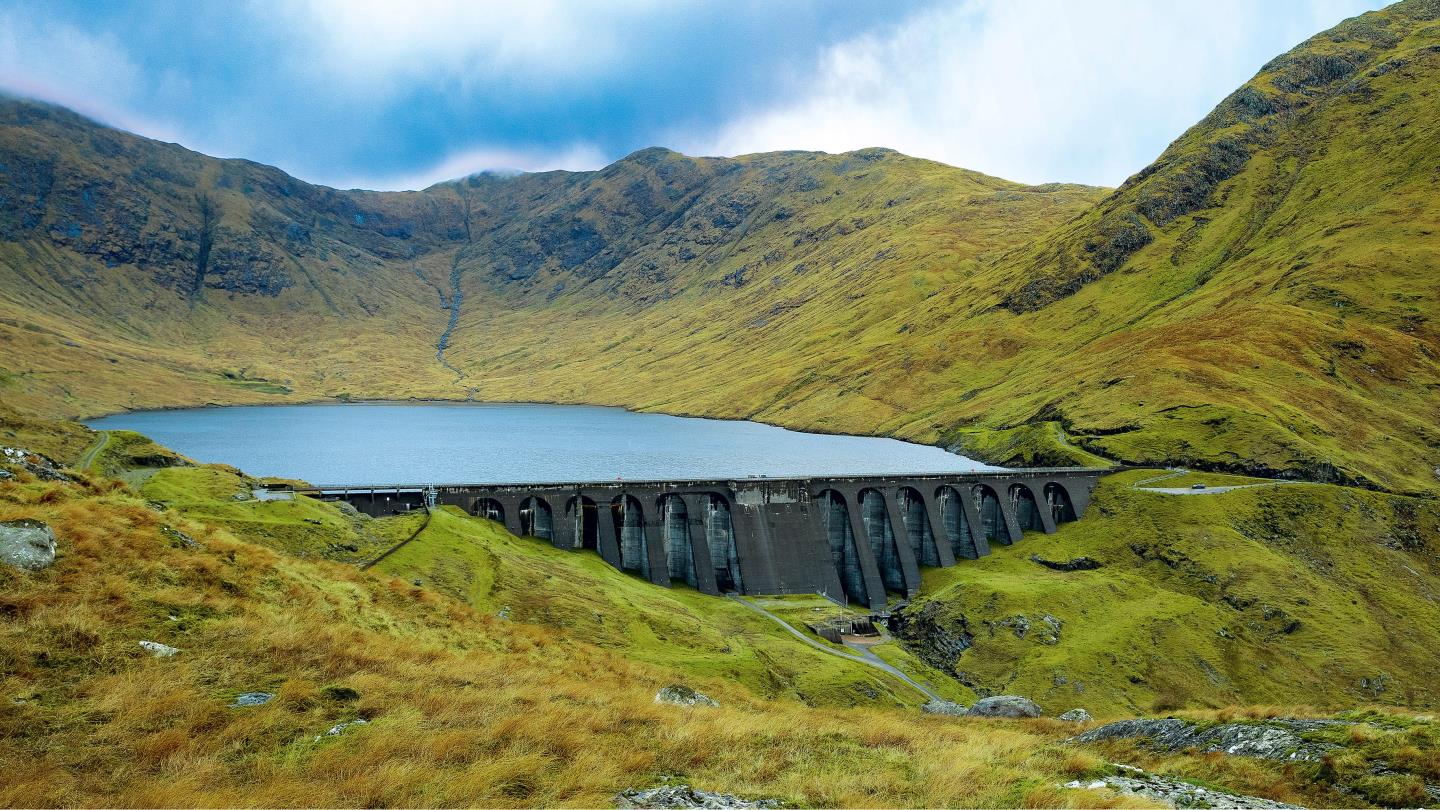I’ve always thought it was OK to be in two minds. Or three or four or half a dozen, for that matter.
Although, increasingly these days, it seems you’re not allowed to be. You must either be with me or against me. A nationalist or a unionist, for example.
I think the finest vindication of two-mindedness I know is from the late, great Irish poet Seamus Heaney. In his poem, The Settle Bed, he said: “whatever is given/Can always be reimagined”.
In a sense, he was talking about the place of his birth and upbringing, with all its joys and troubles: Northern Ireland. Whatever the historic, geographic, cultural, religious or linguistic divisions, they can be surmounted.
For we are all the products of our (divided) environments. Born and brought up in Scotland, not England. With Gaelic, and not Doric. Catholic not Protestant. Fair-haired, not dark-haired. Caley Thistle supporting families, not Ross County ones. We like country music, you like jazz. I like potatoes, you like buntata…

I realise some of these divisions are immaterial: what does it really matter if I prefer a mince pie to your steak bake? Though I do acknowledge that other divisions are far more serious: you wouldn’t want to mess with Big Aggie who served us the school dinners. It was either lumpy custard and prunes, or nothing.
What’s brought all this to mind is the recent news that the United Kingdom’s biggest hydroelectric scheme in decades has taken a huge leap forward, with the announcement of a £100 million investment by SSE for the Coire Glas project. Coire Glas (the Gaelic means “Grey Corrie”) is located on the shores of Loch Lochy, between Fort William and Inverness, and the development is expected to require a capital investment of over £1.5 billion to construct.
The project, which received planning consent from the Scottish Government in 2020, will more than double Britain’s total current electricity storage capacity. According to SSE, the scheme will take excess energy from the grid and use it to pump water 500 metres up a hill from Loch Lochy to a vast upper reservoir, equivalent to nearly 11,000 Olympic-sized swimming pools (meantime, local authorities are busy closing their real swimming pools!), where it will be stored before being released to power the grid when wind output is low and customer demand high.
At the flick of a switch, SSE declares, Coire Glas will begin generating enough renewable energy to power three million homes in just under five minutes, for up to 24 hours, non-stop.
Development and environmentalism debate is as old as the hills
Now, I’ve always loved the history of hydropower in the Gàidhealtachd, with its wonderful Gaelic motto – Neart nan Gleann (Power from the Glens). It brought huge benefit to the Highlands, and thousands of construction jobs. Indeed, my own father worked on building the Cruachan Dam in Argyll, which holds a place dear to my heart.
I’m also a fan of renewable power, so when I heard the news about the Coire Glas scheme, I was delighted. Then, on the same day, I came across a news item about how the Vjosa River in Albania has been saved from a huge hydro scheme.
For almost a decade now, a group called Save the Blue Heart of Europe has campaigned valiantly against what they call the “hydropower goldrush” in the Balkans, where its most pristine and biodiverse rivers are threatened by more than 3,000 proposed dams.
I know that the debate (argument) between development and environmentalism is as old as the hills. How do you balance jobs and energy needs and the economy against the land and the environment? What’s the use of long, beautiful, empty glens without people?
Yet, we all know too well that our rivers and lochs and glens and fields and hills and moors and shores and machairs are the very things that sustain us. Without them, we are nothing, as Big Aggie might have put it.
How green is green?
So, I’m in two minds. I know we need energy, and if we must have it then it’s better coming from a sustainable source such as hydro, rather than from Russian (or other imported) gas. But how green is green? How green are the thousands of tons of concrete that will be used in constructing our future? And all that racket as the small local roads come under a heavy pounding.
I think I’m about 99% in favour of this scheme, but there’s always that 1% at the back of my brain that leaves me in two minds
I think I’m about 99% in favour of this scheme, but there’s always that 1% at the back of my brain that leaves me in two minds. Hopefully more open to persuasion and reason and argument rather then instinctively digging in my wellies.
For whatever is given can be reimagined, as Big Aggie always said. “See,” she’d tell me, “just flatten those lumps in the custard with your spoon, and you’ll be fine.” And so I was.
Angus Peter Campbell is an award-winning writer and actor from Uist.












Conversation